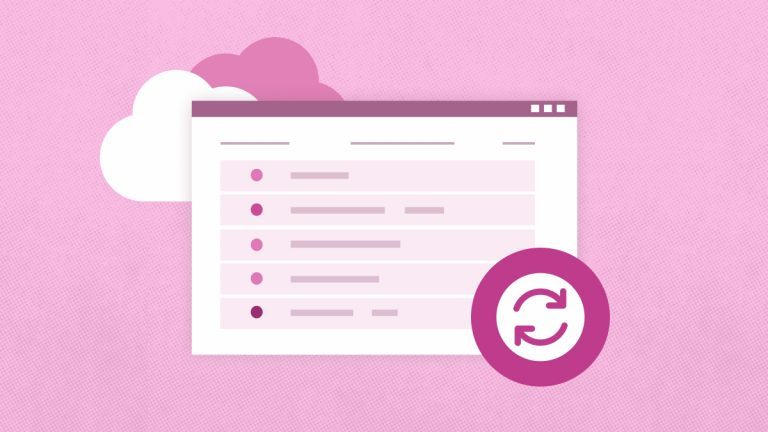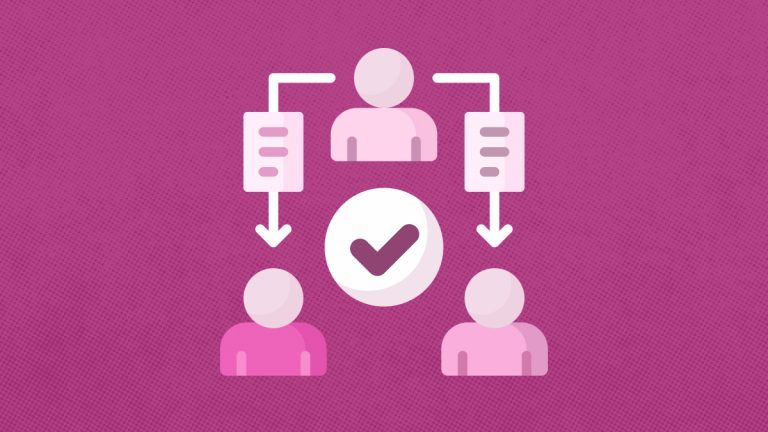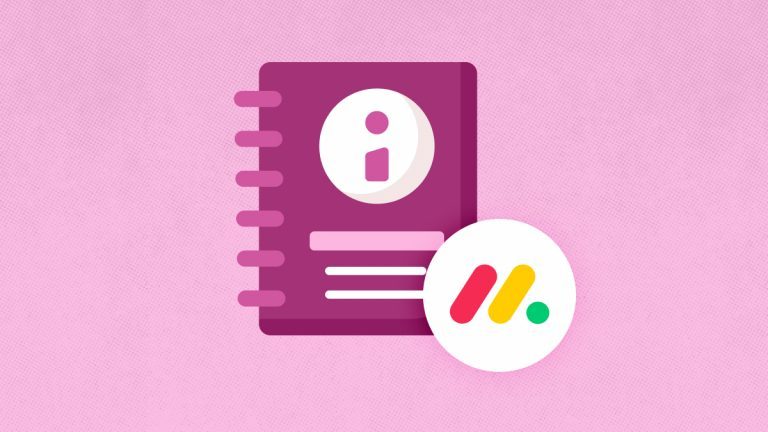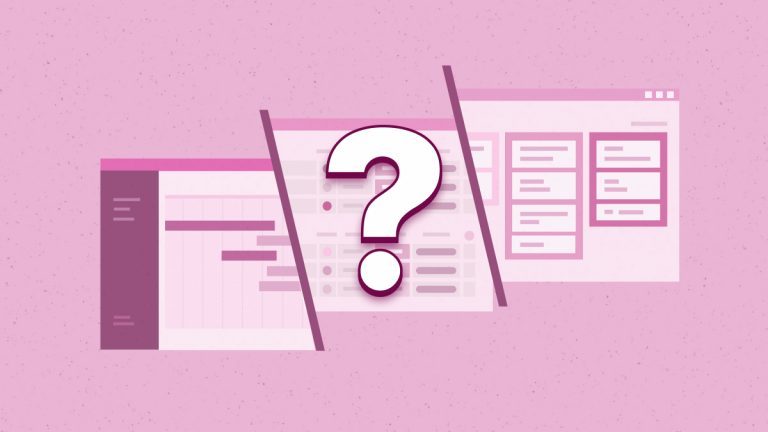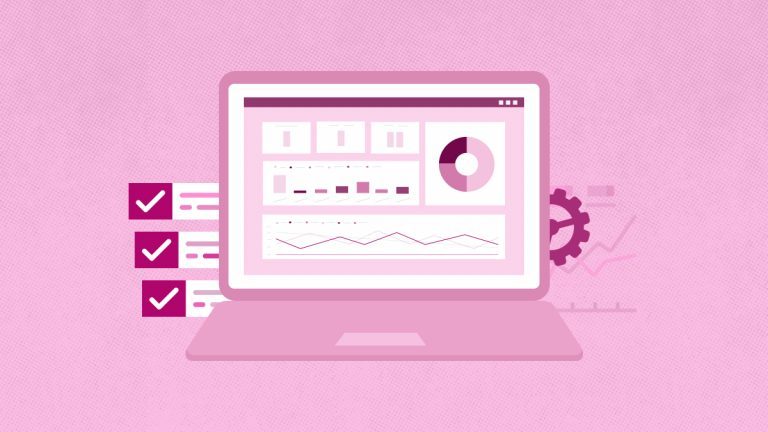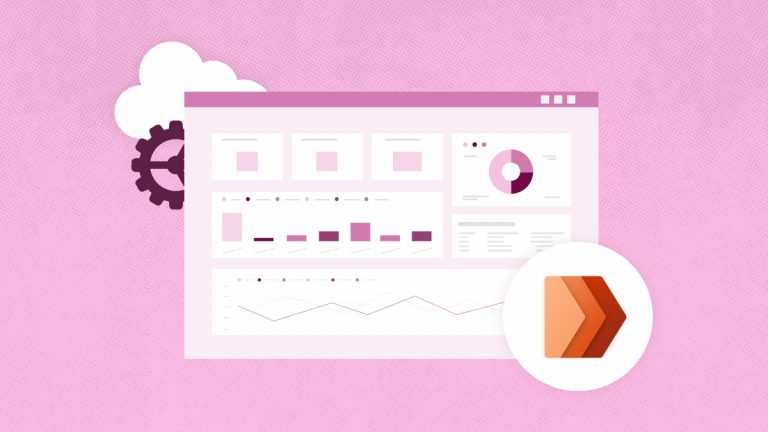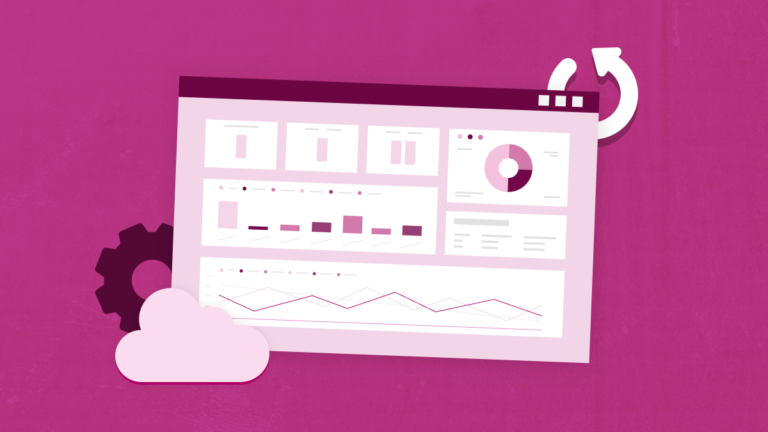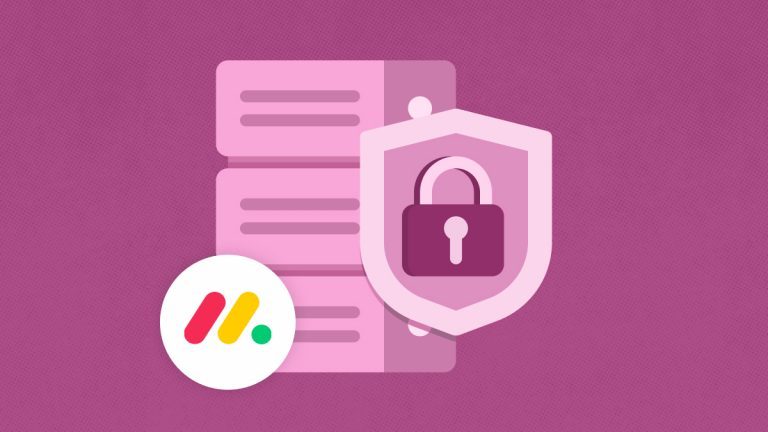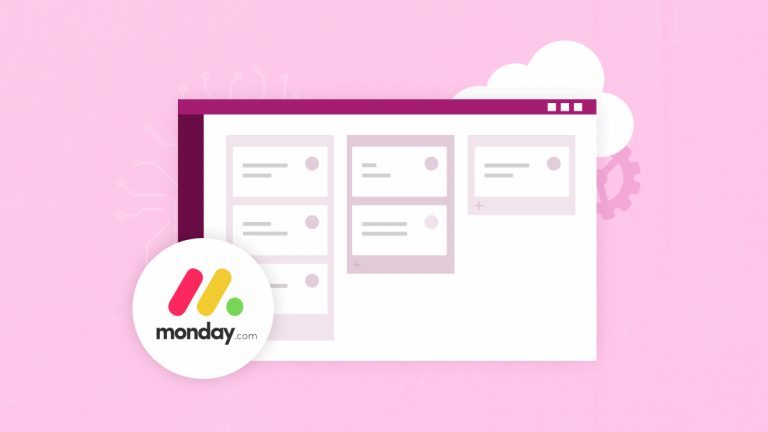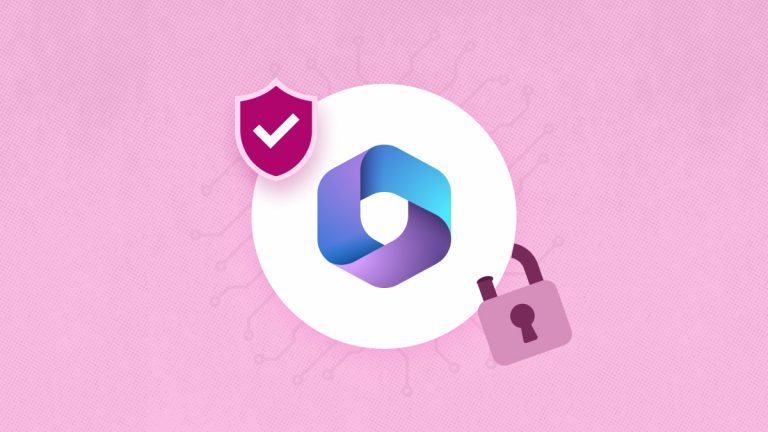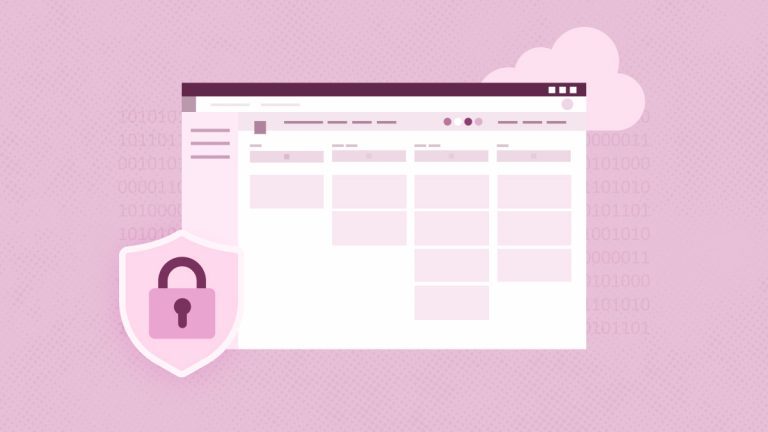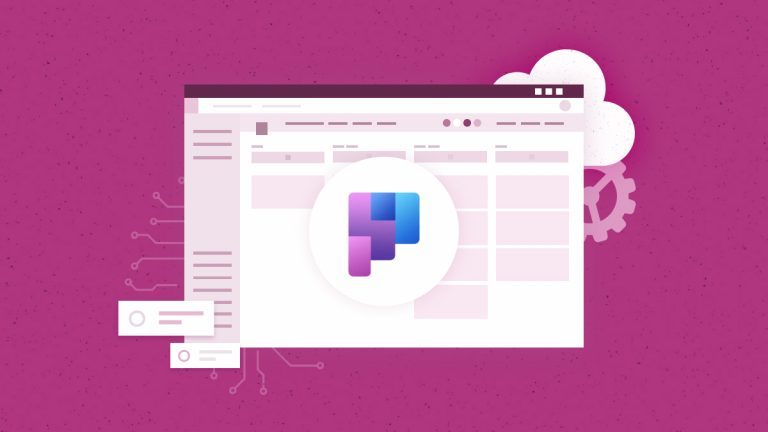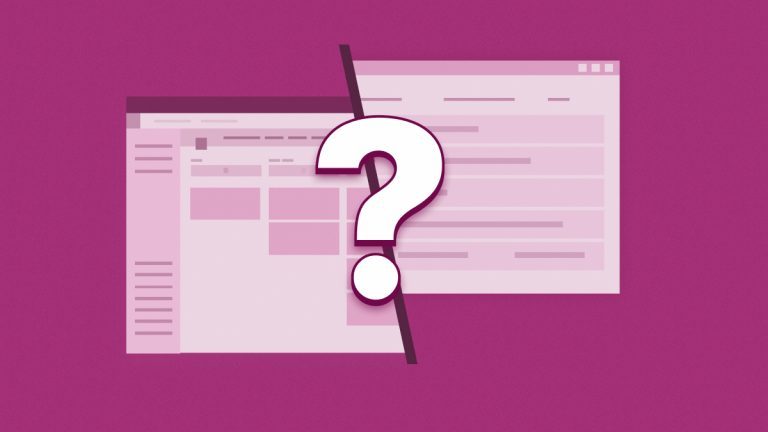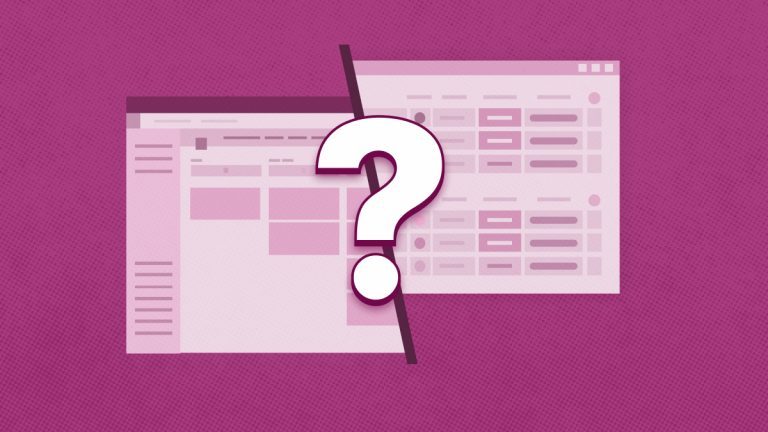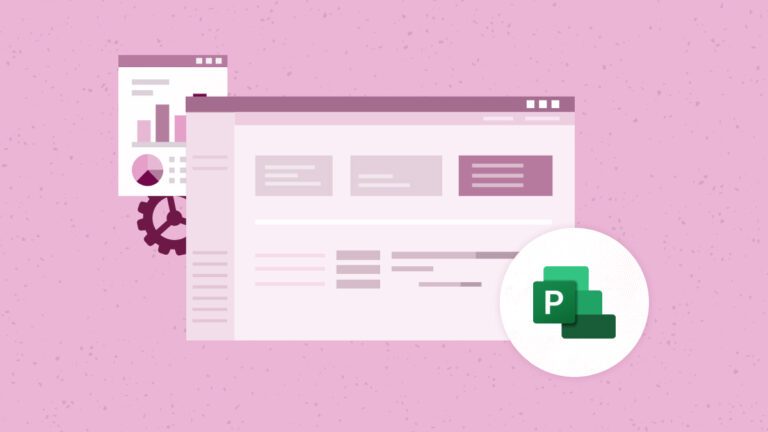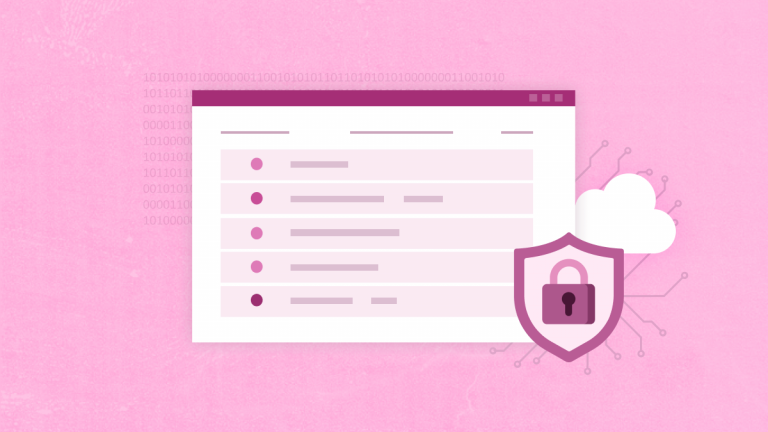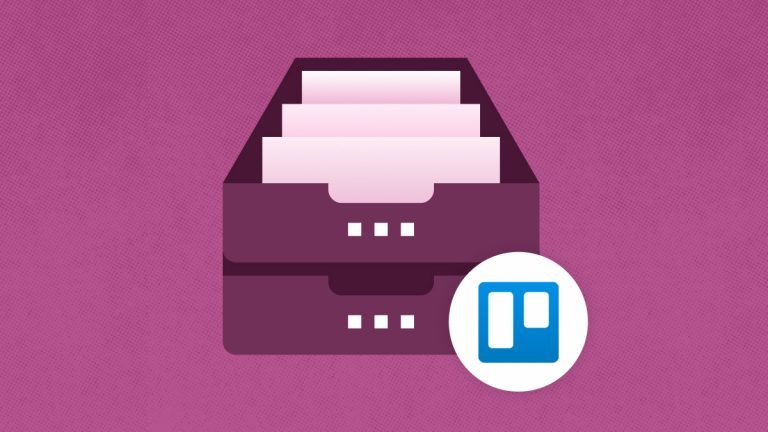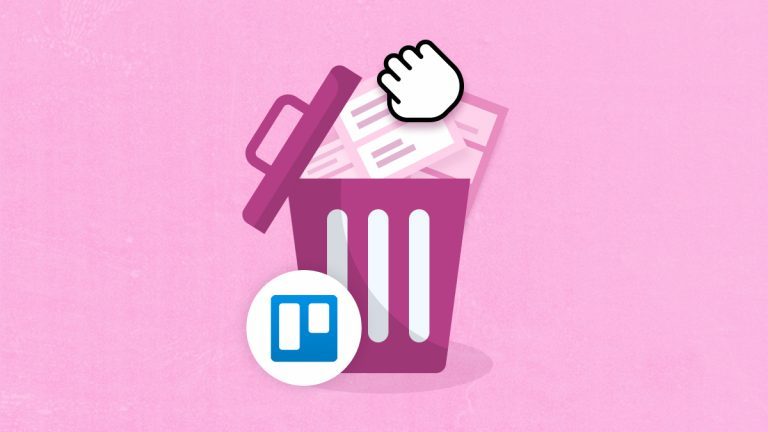
Elizabeth Harrin
Author and Mentor
Trainer and mentor Elizabeth Harrin is the author of ‘Managing Multiple Projects’ and several other popular project management books. She runs the Project Management Rebels community and speaks at conferences internationally and virtually. She works as a project manager in the UK healthcare sector.
On one of my recent projects, we struggled to manage reporting benefits because the underlying data wasn’t good enough. We thought we knew what data to use and could get that data.
When it came to tracking our benefits and reporting about the project’s impact, it turned out that we couldn’t. Our assumptions about how to work out the benefits weren’t accurate. There were so many factors affecting the data that we couldn’t separate our project’s impact from the impact other projects had made. Consequently, we reported zero benefits as we simply couldn’t prove anything.
That’s why data governance in project management is essential. You must understand your project data and look after it so it can help you.
What is data governance?
Data governance is a structured framework that helps deliver data quality, security, and compliance within your project.
Before implementing a data governance strategy, it’s important to understand its role within project management and how it aligns with overall project oversight. In this context, governance is how you manage all aspects of the project in a controlled way.
Traditional databases tend to have system administrators who manage access and control the data. Today’s modern, collaborative technology means anyone can go in and make changes. If you’ve ever gone to your budget spreadsheet and found actuals have overwritten the forecasts and you’ve now got no record of your forecast, then you’ll know what I mean.
Part of the purpose of data governance is to prevent errors and unauthorized changes. This means you should not have duplicates in your data or reports, you can’t populate.
Data governance framework example
Here’s a simple overview of the core components of a data governance approach you can build into your framework.
- Data ownership: Who controls project data?
- Data accuracy: How will you prevent inconsistencies and outdated information?
- Data security: What restrictions are needed, if any?
- Compliance and retention: How will you meet data storage and destruction regulations?
The risks of poor data management
Let’s face it: sorting out data governance for your project isn’t the most interesting thing for most people, and doesn’t your organization already have policies that cover most of this?
You likely already have organizational data storage, retention, and destruction policies. But, your team will still benefit from discussing the data you are creating.
For example, consider a team that wanted to expand the information on their website. This would mean creating a lot of data, which would then be published online. Who owned that data? Who will create it and keep it up to date when the project closes?
Out-of-date information on the website would be a commercial risk, so getting commitment is essential.
There are many other ways that poor data management can impact your project. For example:
- Inconsistencies: Conflicting data across different project platforms can lead to poor decision-making. Which data set is the right one?
- Accidental deletions and unauthorized changes: You can’t see who altered or deleted project data without an audit trail.
- Compliance risks: Your information governance and data security teams will be unimpressed if your project doesn’t meet internal and industry standards, especially as there are often fines associated with breaches.
Adopting the right approach
So now you know why data governance is important, but what can you do to encourage the adoption of the right policies across the team?
First, make sure the team is aware that there are policies. Add a step to your project kickoff documentation that asks teams to check internal guidelines and involve the information security, data management, or governance team experts.
Once that’s complete, consider how you will manage the data operationally. Understanding governance in project management will help ensure that data policies align with the project’s overall control and decision-making processes.
Define ownership and access
If the project creates new data sources, ensure owners are identified. Clarify where the new data will be stored and who will access it. Use role-based access control within your project management tools so that project management data is also restricted.
Standardize data entry
Create naming conventions for files and data sources. Use standard tags or categories to organize data within your folder structures.
Document how you expect data to be stored and managed (do you need all those photos as .png or .jpg?) and share the guidelines with the team.
Audit and tidy
It’s easy for filing systems and configuration management to get out of hand. When you’ve got to get a document polished for circulation in the next 5 minutes, sometimes you don’t adhere to the naming conventions just to get it done in time.
To keep your system organized and standardized, put aside time for regular data audits. Tidy up files by removing backups you no longer need, renaming data mislabeled, and looking for other problems. Trust me, your future self will thank you for doing the housekeeping.
Back up and restore when needed
Backups and the ability to recover data are key parts of project management governance. Data loss happens for various reasons, from an aggrieved employee on their last day to a flood in the server room to hitting the “confirm” button on autopilot and deleting a whole project from your cloud-based project management tool. Oops. I’m not admitting to that one!
Check that everything you need to keep securely (everything) is backed up to be restored if necessary.
Automated backups might not give you the data from the last few hours, but they protect against accidental deletions and maintain your historical records. Work with your IT team to set up off-site, automated backups and create a plan so you can quickly restore the data if needed.
Ready to make your plan?
A well-structured data governance project plan isn’t just about control. It’s about enabling better decision-making throughout the project with accurate, high-quality data. A data governance plan contributes to a robust risk management approach and builds confidence in the leadership team as you know the integrity of the data is preserved.
Backups provide a safety net. And a strong project governance framework means your project information is managed appropriately, reducing the risk of delays and miscommunication, which in turn impacts the project’s likelihood of success.
Download whitepaper
to learn more about project data protection

